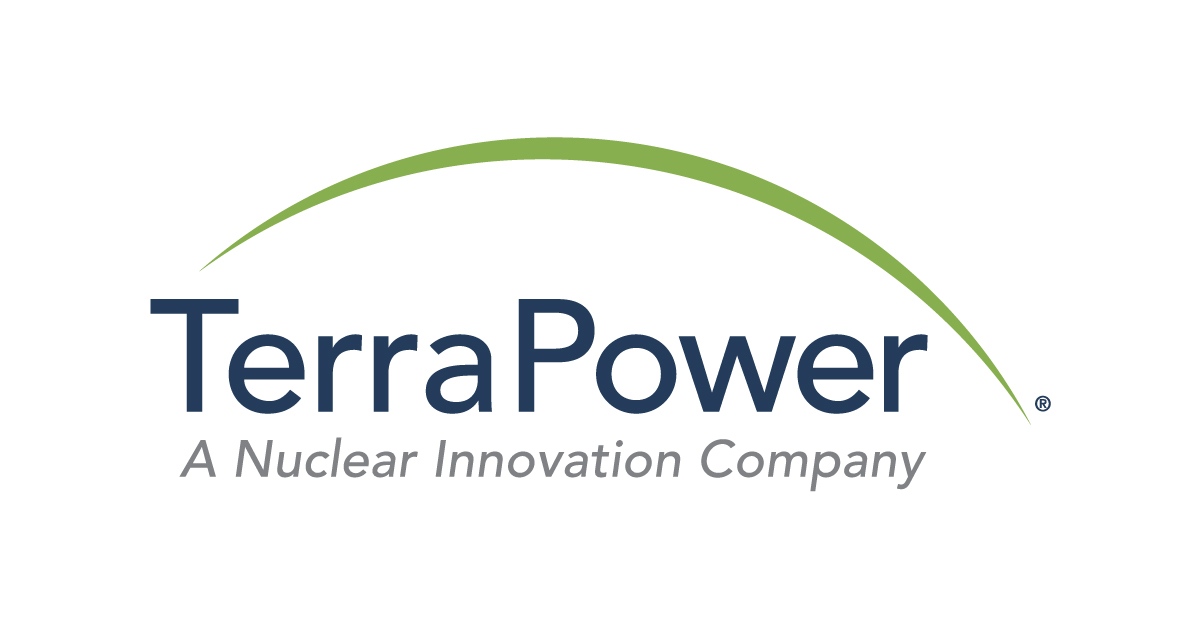OVERKILL
$100 Site Donor 2021
Saskatchewan government announces microreactor funding : New Nuclear - World Nuclear News (world-nuclear-news.org)
As I'm sure some might recall, Cameco, the Canadian uranium giant, now owns half of Westinghouse, with the other half owned by Brookfield. Cameco is also one of the biggest employers in Saskatchewan, so it's not surprising that the province is now supporting the Westinghouse eVinci microreactor, which is designed to produce 5MWe and 13MW of high-temp heat. Basically, CHP, which is currently dominated by gas plants.

More details in the linked article, but it will be interesting to see how development pans-out. Government support is more certain than that of private investors, the results we recently saw play-out with NuScale who is now floundering, trying to secure a new site for their first build, along with a new finance partner. They are also being sued by investors.
As I'm sure some might recall, Cameco, the Canadian uranium giant, now owns half of Westinghouse, with the other half owned by Brookfield. Cameco is also one of the biggest employers in Saskatchewan, so it's not surprising that the province is now supporting the Westinghouse eVinci microreactor, which is designed to produce 5MWe and 13MW of high-temp heat. Basically, CHP, which is currently dominated by gas plants.
More details in the linked article, but it will be interesting to see how development pans-out. Government support is more certain than that of private investors, the results we recently saw play-out with NuScale who is now floundering, trying to secure a new site for their first build, along with a new finance partner. They are also being sued by investors.

